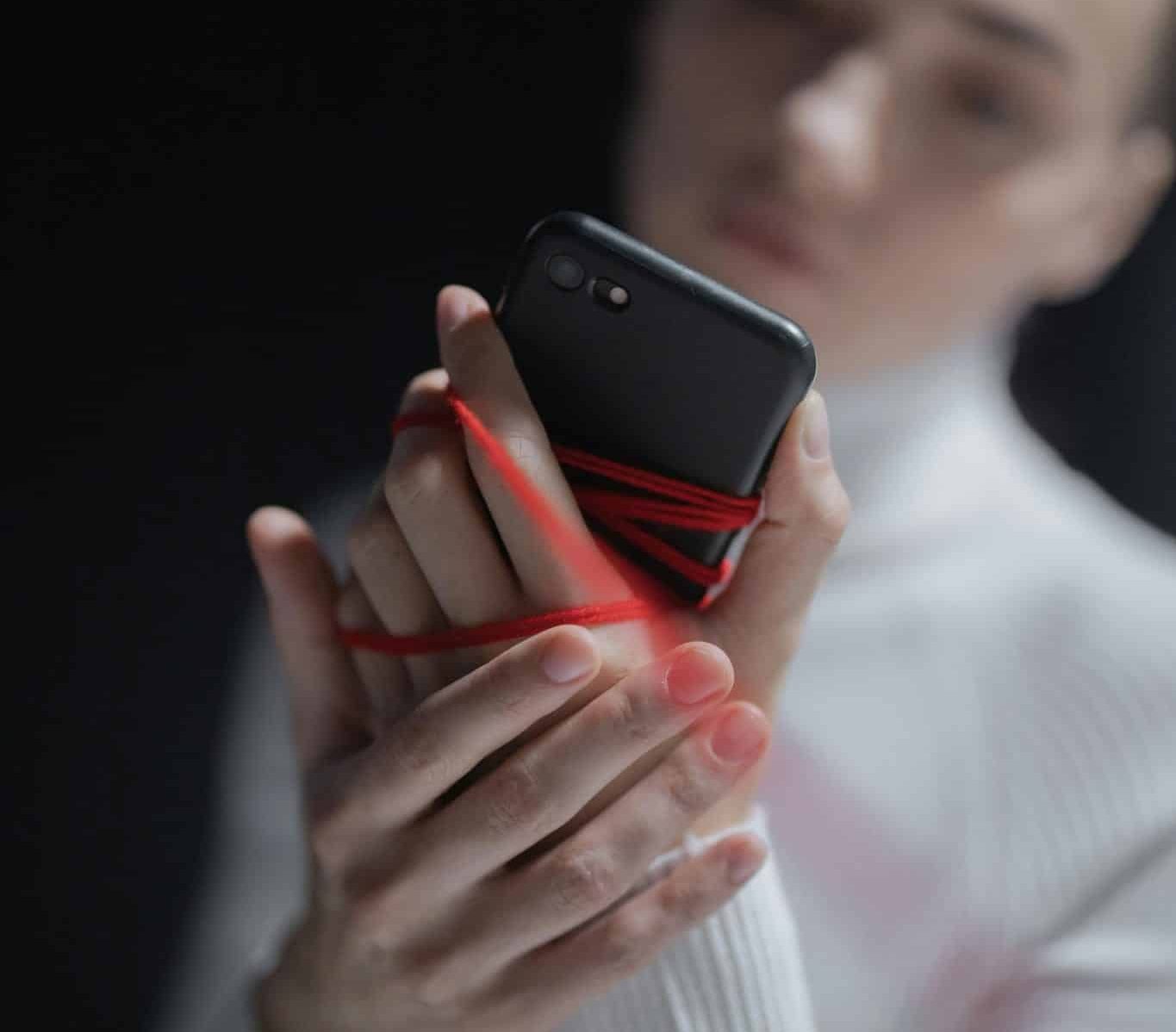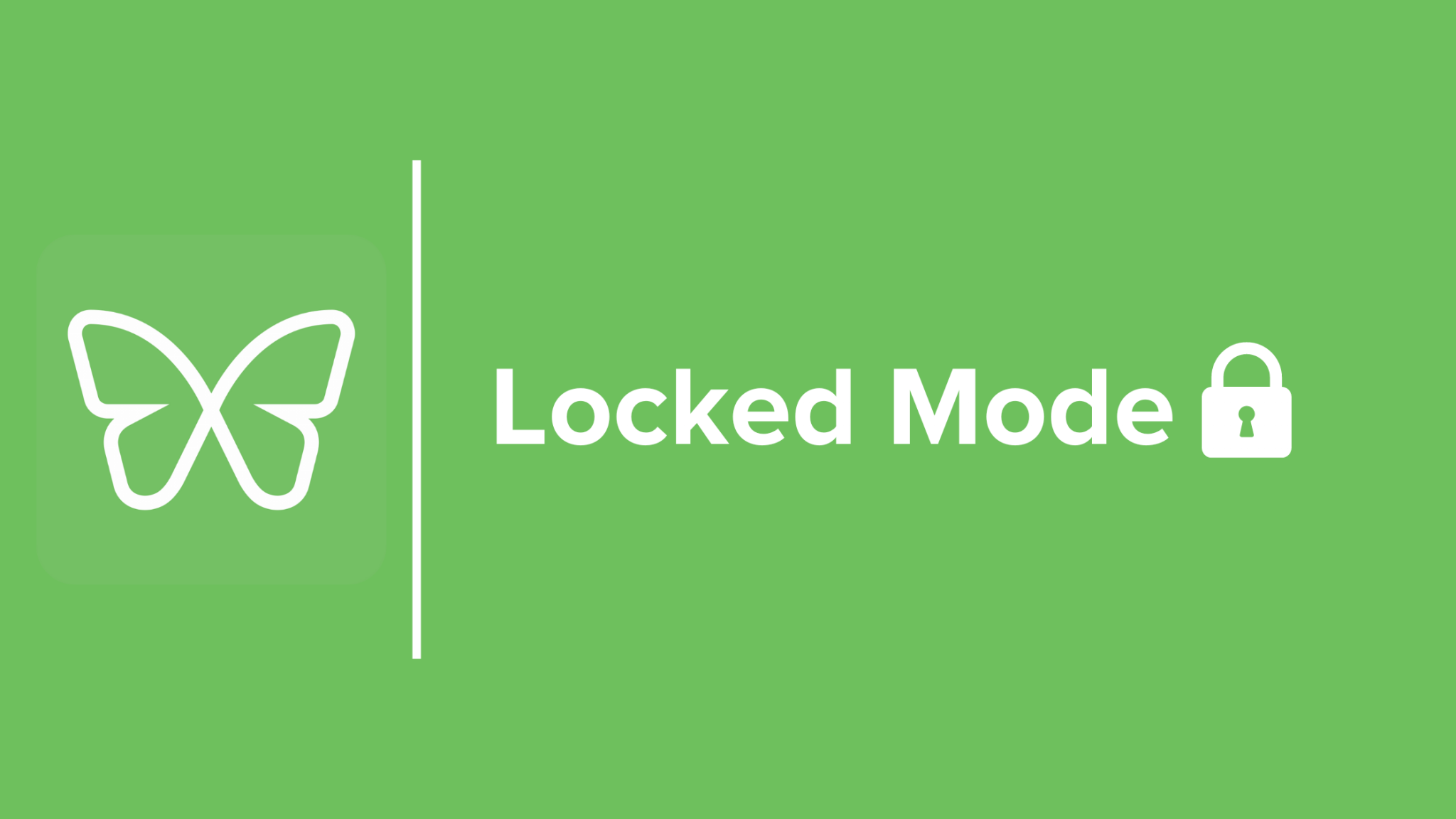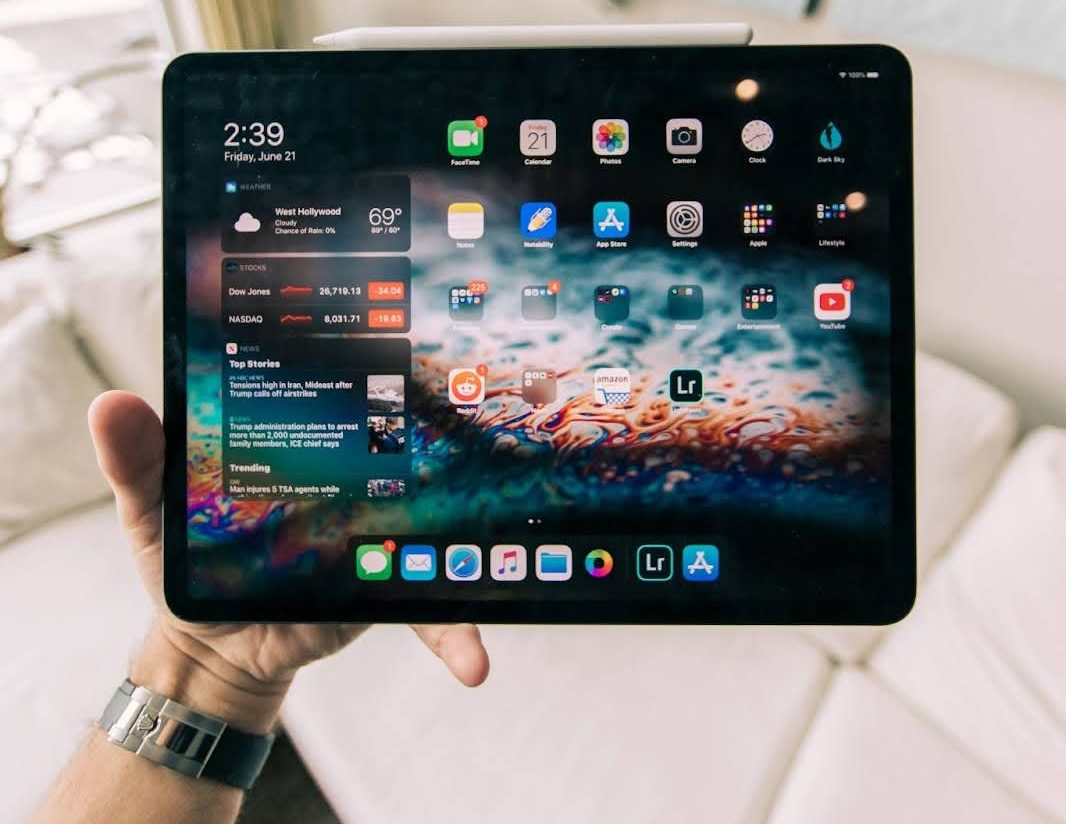The Power of Fun: Are You Taking Having Fun Seriously Enough?

When was the last time you felt exhilarated and lighthearted?
When was the last time you were engaged, focused, connected, and completely present? When was the last time you felt fully alive?
What was the last time – in other words – you had FUN?
In this follow-up to her hit book, “How to Break Up With Your Phone”, Catherine Prices makes the case that True Fun – which she defines as the magical confluence of playfulness, connection and flow – is absolutely essential for a well lived, joyful, and healthy life.
Weaving together scientific research with personal experience, Price reveals the surprising mental, physical, and cognitive benefits of fun, and offers a practical, personalized plan for how we can achieve better screen/life balance and attract more True Fun into our daily lives—without feeling overwhelmed.
If you use True Fun as your compass, you will be happier and healthier. You will be more productive, less resentful, and less stressed. You will have more energy. You will find community and a sense of purpose. You will stop languishing and start flourishing.
So this week we decided to sit down with Catherine to learn a little more about how we can scroll less, live more, and get serious about having fun.
- Firstly, what brought you to study and research the topic of fun? How does this connect with your last book How to Break Up with Your Phone?
When I wrote How to Break Up With Your Phone, my fundamental takeaway was that our lives are what we pay attention to. Writing it made me much more intentional about how I spend my time.
But what I didn’t realize when I was writing How to Break Up With Your Phone is that acknowledging the value of our attention is really only the first step. The next—and perhaps even more important—issue is figuring out what we want to spend your attention on. In other words, what brings us the most meaning and joy?
I realized that my dysfunctional relationship with my phone had made me lose sight of my own answer to that question; without the distractions of my devices, I couldn’t think of anything that I wanted to do with my free time.
So I asked myself the same question I had asked the people who helped me in my research for How to Break Up With Your Phone: what’s something you always say you want to do but supposedly don’t have time for? My answer to that question was, “Learn to play the guitar.” I ended up signing for a class for adult beginners—and the experience has changed my life.
I’ve developed a new skill, sure. But more importantly, I’ve connected with a group of people whose only purpose, when we come together, is to play. The class often left me exuberant, and I came to realize that the best word to describe the energy it produces is fun. It felt amazing, and I wanted more of it. So, being me, I decided to write a book about it.
The connection between my two books, therefore, is straightforward: once you spend less time on your phone, you end up, unsurprisingly, with more free time—time that you can spend on things you truly enjoy. I propose that if we want to feel more energized, more connected, more productive, and more alive, we replace our phone time with fun.

- In The Power of Fun, you refer to fun as “True Fun” – why did you decide to use this term and what does it mean to you? And what is “Fake Fun”?
One of the most fascinating parts about writing this book was the realization that, despite how often we use the word in our everyday speech, there actually is not a great agreed upon definition of “fun.”
I realized that it obviously would be impossible to write a book about fun without defining the word, so I set out to create a working definition, based on my previous writing and research into fields including happiness and positive psychology. In order to test my definition, I also recruited a “Fun Squad”—a group of over a thousand people who agreed to answer questions about fun and to share personal anecdotes. The Fun Squad members confirmed that my proposed definition described their own experiences.
So here’s the definition: fun is the confluence of playfulness, connection and flow. By “playful,” I mean that you must have a lighthearted attitude and not care too much about the ultimate outcome of what you’re doing. Connection means feeling, well, connected with someone else (it’s possible to have fun alone, but in the vast majority of instances, another person or creature is involved). And flow is a psychological state in which you’re so actively immersed and engaged in your present experience that you lose track of time—think of an athlete in the midst of a game.
I decided to refer to it as True Fun to distinguish it from its evil alter ego: Fake Fun. I came up with the term “fake fun” to describe activities that are marketed to us as fun—and that may indeed result in an initial jolt of pleasure, thanks to their ability to trigger the release of dopamine—but that ultimately leave us feeling dead inside. Social media is one of the most common examples of fake fun; others include binge-watching television till your eyes glaze over, excessive gaming, or shopping for things you don’t need (and can’t afford).
- What is one of our biggest misconceptions about fun or “True Fun?”
I think people often make the mistake of thinking that in order to have more fun, they need to pack more activities into their already full schedules. But that’s a recipe for exhaustion. Instead, the first goal is to notice moments of playfulness, connection and flow that are already occurring, and to clear out some room in your schedule by reclaiming leisure time that you’re currently losing to un-fun activities, such as scrolling through your phone. Then, once you have made space, you can work on finding more ways to proactively create opportunities for playfulness, connection and flow—that’s how we have more fun.
Also, fun is an emotional experience, not an activity; as we all know, the exact same activity can result in extremely different emotional results. (Think of dinner parties: some are meh; some are truly fun.) Sure, each of us has particular activities that are more likely to generate True Fun than others—I refer to these as “fun magnets”—but this outcome can never be guaranteed. (On the flip side, this means that some activities that would not initially appear to hold the potential for fun—like, say, a work call—actually DO, provided that they generate playfulness, connection and flow.)
In other words, having more fun isn’t dependent on any particular activity, and no particular activity can always be guaranteed to produce fun. But if you make space for more of your fun magnets on your schedule, then you will likely have more of it—without feeling overwhelmed.

- What piece of research regarding fun and our relationship with it is most astounding? What are some of the hidden or lesser known benefits to having fun?
The more I investigated fun’s effects, the more amazed I became.
We often treat fun as if it’s frivolous, something that we don’t have room for in our adult lives. But in reality, far from being frivolous, fun is absolutely essential for our mental and physical health. While fun hasn’t been studied much per se, if you look at the scientific research behind each of the three elements of True Fun—namely, playfulness, connection and flow—you will find ample evidence of how these three states improve our health, increase social bonding, and amplify our self-esteem and sense of meaning and purpose. In other words, I knew that having fun felt good; I was surprised to find that it actually is good for us, too!
I’m also fascinated by the connection between fun and our long-term happiness. I’ve come to realize that the path to long-term happiness lies in the everyday pursuit of fun—in other words, the more fun you have in your day-to-day life, the happier you will be. To me, this is a big deal because we all want to be happier, but we don’t know how to do so. Fun can help transform an abstract concept—”happiness”—into something more tangible that’s under our control. Once I gain a better understanding of what activities are likely to generate fun for me, I can work more opportunities for fun—and, therefore, happiness—into my schedule.
- You argue that prioritizing fun can actually help us live longer. How?
Anything that reduces our stress levels will also reduce cortisol, a stress hormone that is absolutely essential when we are trying to respond to and survive acute physical threats, but that is very bad for us when its levels remain elevated over time.
If you look at how cortisol helps us survive, it’s easy to see why it might not be good for its levels to be chronically high. For example: cortisol increases our heart rates, blood pressure, and blood glucose levels, all of which are great if you’re about to sprint, but are not great for long-term health. This explains why chronically elevated cortisol levels have been shown to increase our risks for everything from heart disease, heart attack and stroke to type 2 diabetes and obesity—and even dementia and cancer.
In other words, anything that stresses us out consistently over time (such as the hypervigilance encouraged by our devices!) is bad for our long-term health.
Anything that reduces stress—which playfulness, connection and flow have all been shown to do—is very good for our long-term health. The more True Fun we experience, the healthier we are likely to be—and the longer we are likely to live.

- From your perspective, what are some of the most impactful ways technology has changed or shaped our relationship with fun?
One of the biggest impacts technology has had on our relationship with fun has to do with time. Many people think that they don’t have time for fun, but that’s actually not true; they just need to reclaim some of the time that they’re allowing to be stolen from them, often by apps on their phones. Before the pandemic, many people were spending upwards of four hours a day on their phones (just their phones!). That’s a quarter of our waking lives—and the pandemic has seen us spend even more time on our screens. There’s a lot of time available for us to take back.
Technology—or, more specifically, the nonstop stream of distractions delivered by our devices—also has weakened our ability to get into flow, which requires that we be fully present. Since flow is a fundamental part of my definition of True Fun, this means that anything that blocks our ability to get into flow will also block our ability to have True Fun.
- What is a Fun Squad and why do you recommend creating one?
A “Fun Squad” is a group of people whom you have fun with! You probably already have a fun squad or two in your life (think of your best friends from college, or your favorite colleagues from work). But it can be useful to give these groups a name to explicitly acknowledge the importance that these relationships play in your life.
You can also create a new fun squad of people you know who are interested in having more fun, and who want to go through the steps in the book together.
- What first step would you recommend to readers who want to incorporate more fun into their daily routine?
Read the book! (Seriously: it contains an entire plan.) To start, I would suggest identifying your sources of Fake Fun, and thinking about ways in which you could make some more space in your life for True Fun—which probably will require you to work on your screen/life balance.
Once you have created more space for fun, the next step is to think back on your life and come up with three experiences that you would define as having been truly fun—and then see what activities, people and settings they have in common (these are your “fun magnets”), and identify any characteristics that they share (these are your “fun factors”). Once you have this information in hand, you can make plans to do these things on a regular basis.
Also, you can start by taking the Fun Personality Quiz at HowtoHaveFun.com!

- Anything else you want to add?
I am so much happier, more present and more engaged than I was before I started writing the book. Using True Fun as my compass has caused me to prioritize—and recognize—playfulness, connection and flow in all areas of my life. I now know how to create more opportunities for it, and I also know how to recognize the many moments of playfulness, connection and flow that already exist. The process has been nothing short of life-changing, and I cannot wait to share with readers what I’ve learned.

A note from Catherine Price:
I will be running a “Funtervention” challenge in February, and would love to invite readers to join me.
To do so, please sign up for my newsletter at howtohavefun.com, and follow me on social media (as you guys well know, I personally hate social media but I do my best to use its powers for good). I’m @_CatherinePrice on Instagram, and @Catherine_Price on Twitter. I also run social media “intervention” feeds (designed to jolt you out of your spirals of mindless scrolling) at @ScreenLifeBalance on Instagram and @ScreenLifeBlnce on Twitter).
And I have all sorts of courses and resources, including a social media detox, an email “breakup” course and more, at screenlifebalance.com.


